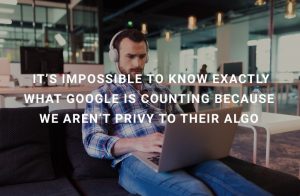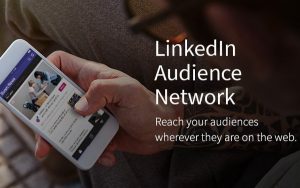— August 1, 2017

jonbonsilver / Pixabay
Your website functions as your 24 hour online presence. Getting people to your website is a victory, but you still have to keep them there. If your website contains one or more of these annoying elements, it may be causing people to leave before you can show them how you can solve their business problems.
Incessant Pop-ups
If you choose to use pop-ups, it’s important to make them strategic and sparse. Otherwise you’ll annoy your readers right off of your page. Try these tips to keep your pop-ups from driving away your visitors:
- Don’t make your visitors feel bad for not wanting your CTA. Use polite (never shaming) language for your “no thank you” option.
- Choose Smart CTAs. Allow your marketing automation system to decide which one to show. Program your site strategically so that a pop-up reaches your visitors at specific points in their buyer’s journey.
- Assess Your Pop-ups. If you’re going to use pop-ups, you need to know if they are working. Review the statistics related to how many clicks each pop-up leads to. If a pop up is not performing well, determine ways that you can make it more effective—or get rid of it altogether.
Hard to Read Words
Although some web designers think that excessive creativity draws people in, a balanced approach is recommended. For instance, white text on a black background? Yes some websites have it but generally, it’s not user friendly, so why risk it? Tiny text and fancy fonts may cause readers stop reading your content. Make your site simple and readable, with one or two attractive colors that are easy on the eye, and you’ll be golden.
Autoplay Videos
Your visitors are smart enough to click on a video if they want to watch it. And if they don’t? Don’t force them, it will only lead to irritation. Especially if their computer starts blaring your loud video while they are on a phone call or in a quiet office. Auto-play videos feel like an invasion of privacy and often cause visitors to immediately click away from your site.
Cheap-Looking Stock Photos
Cheesy. Silly. And filled with random people no one knows. If you purchased your photos from a generic stock site, it’s usually pretty obvious. The people in these photos (typically dressed in variations of blue, white, black, and gray) clearly do not actually work at your office. Featuring a photo of them sitting around a table holding pens and taking notes while smiling is a little weird. Instead, take photos of your actual staff so that readers can get to know them. An iPhone photo of an authentic work environment is much better than high-quality images of fake office staff.
Turtle-Paced Load Times
If your page takes more than just a few seconds to load, then you may be losing visitors. Each additional second that a user has to wait (particularly on a mobile site), is an opportunity for visitors to abandon your site. Test your load times to make sure they are not excessive.
Massive Blocks of Text
Less is more when it comes to words on your website, particularly on your home page. Keep sentences short and to the point. Your content shouldn’t be stuffed with keywords. Write content with clear sub-headings so it can be easily scanned by readers to find what they are looking for.
Unclear ‘About Us’ or Contact Information
Be clear about who you are and how people can get in touch with you. The internet can be a confusing place, so giving adequate information about your organization acts as a way to build trust. Offer the basics about who you are, where you are, what you do, why you do it, and what the visitor can expect to gain from you.
Digital & Social Articles on Business 2 Community
(78)
Report Post





